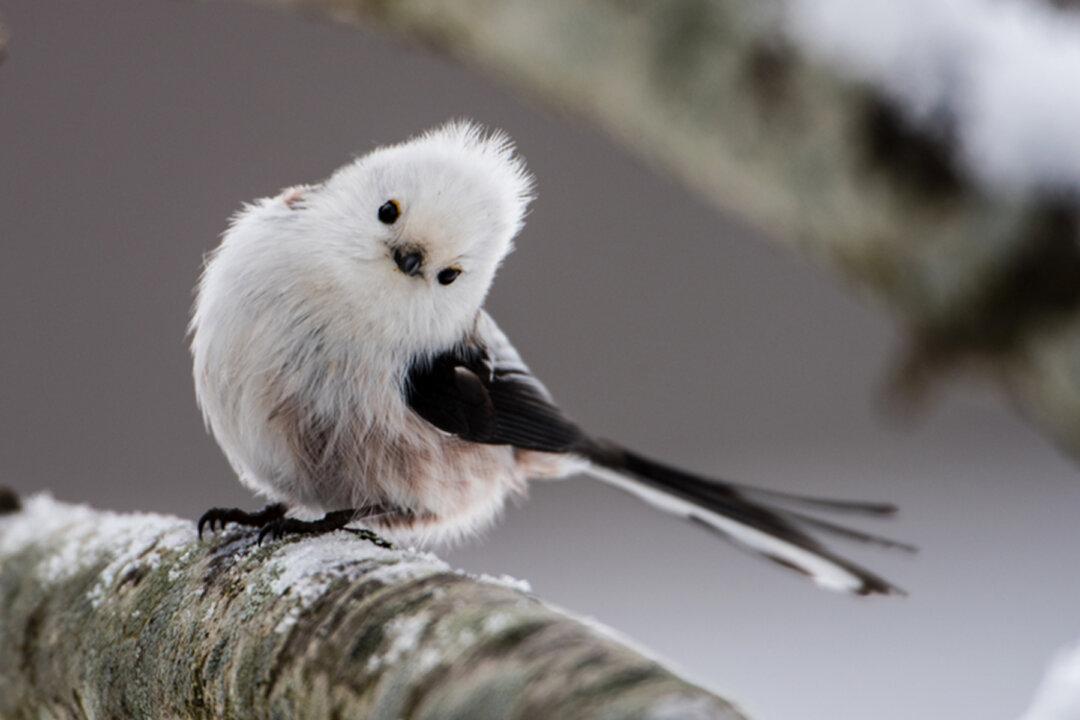Planet Earth is blessed with a unique technicolor palette of birdlife that comes in all shapes and sizes. From tiny fluff balls to majestic birds, they swan around with every shade of the rainbow emblazoned on their feathers. Mother Nature is fantastic and did some of her best work when it comes to birds.
Here are a few selected photos of these feathered animals, each of which is strikingly impressive in its own way. Enjoy!






